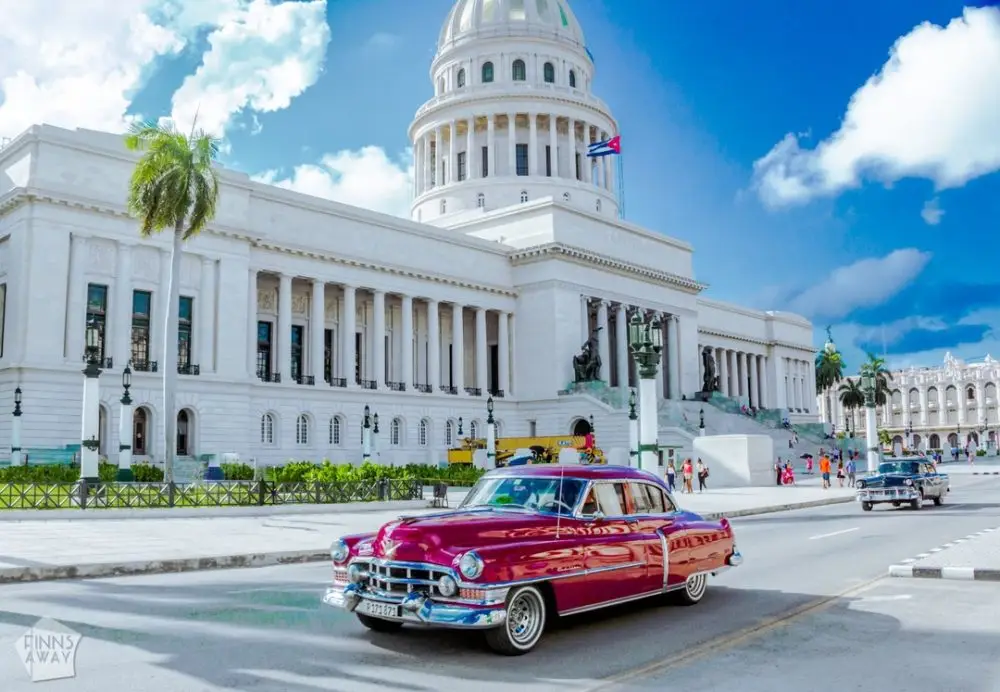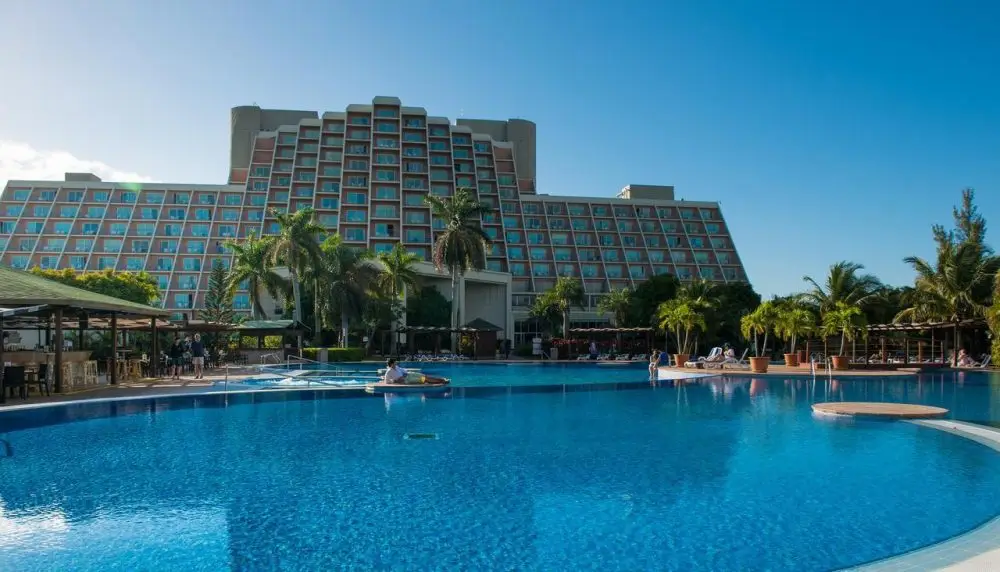Cuba remains one of the most colorful countries in the Caribbean region. The combination of architectural originality, mild climate, and expressive culture makes vacation on the island particularly attractive.
Decent 4-star hotels in Cuba are an optimal solution for those who expect quality service without exceeding a reasonable budget. Many complexes offer the “all-inclusive” concept, convenient beachfront locations, and a pleasant level of seclusion.

Why Choose the 4-Star Format?
For travelers planning a beach vacation, it is important to find a balance between comfort, infrastructure, and price. While five-star resorts can be excessively expensive, decent 4-star hotels in Cuba provide all necessary amenities – from restaurants with diverse cuisine to spacious rooms overlooking the beach.
Room facilities usually include air conditioning, a private terrace, a minibar, and daily housekeeping. Most hotels have access to the beach area, as well as pools, relaxation areas, and excursion services.
Resorts Where the Best 4-Star Hotels in Cuba Are Located
The largest number of quality hotels is concentrated in two locations – Varadero and Havana. The former is associated with wide beaches and turquoise waters, while the latter is known for its architectural charm and the spirit of the past century. The resort areas of Cayo Largo and Holguin are also popular. In all regions, you can find decent 4-star hotels in Cuba that offer an optimal accommodation option for families, couples, or individual tourists.
Best Hotels in Cuba: Selection by Categories
Below is a list of verified options that have received positive ratings for the combination of cost, service, and location:
- Sol Caribe Beach – located in Varadero, offers organized activities and direct beach access;
- Hotel Puntarena Playa Caleta – a comfortable resort complex with pools and daily entertainment programs;
- Mystique Casa Perla by Royalton – an adults-only boutique hotel with panoramic views of the coast and high-level service;
- Aston Costa Verde Beach Resort – a hotel in Holguin with extensive grounds, a family-friendly format, and numerous entertainment options;
- Memories Cayo Largo – offers secluded relaxation, white sand, clear sea, and decent dining;
- La Siguaraya – a hotel in Havana with vintage interiors and a colonial charm atmosphere;
- Elegancia Suites Habana – stylish apartments with original design, high ceilings, and breakfast on the terrace;
- La Rosa de Ortega – a combination of comfort and coziness, proximity to the center of Havana, and responsive staff;
- El Encanto de Perseverancia – a popular choice among tourists preferring comfort, cleanliness, and an authentic atmosphere;
- La Reserva Vedado – a boutique hotel with high ratings, focusing on attentive service and stylish decor.
All the featured properties are decent 4-star hotels in Cuba that meet modern requirements without inflated prices.
Price for 4-Star Hotels: Factors Affecting the Cost in Cuba
The cost formation depends on several factors: seasonality, location, range of services, and meal plan. Typically, rooms with sea views and “all-inclusive” system are more expensive. However, even during peak periods, you can find decent 4-star hotels in Cuba offering comfortable conditions at a reasonable price.
The average price per night ranges from $80 to $150, including breakfasts or full board. Varadero resorts are characterized by higher rates, while Havana or Holguin offer more affordable options.
Reviews of 4-Star Hotels in Cuba: What Do Travelers Pay Attention To?
In reviews, tourists often highlight: cleanliness, friendliness of staff, proximity to the beach, quality of food, and level of entertainment. Positive reviews are most often received by complexes where rooms are regularly updated and a diverse menu is offered.
Attention is also paid to details such as the availability of drinking water in the room, Wi-Fi stability, mattress comfort, and sound insulation. It is these details that shape the final impression of the hotel.
“All-Inclusive” Format: Advantages for Extended Stays
Many decent 4-star hotels in Cuba operate on an “all-inclusive” basis. This means that tourists receive not only accommodation but also full three-meal service, snacks, drinks, entertainment, and access to all areas of the property.
For a long vacation, this approach allows you to not worry about expenses and organize your days flexibly. It is especially convenient for traveling with children.
Key Advantages of Cuban Resorts
The choice of destinations on the island is wide, and each resort has its own specifics. For convenience, here are the main advantages overview:
- Varadero – the best choice for those seeking a peaceful seaside vacation, long beaches, entertainment, and a resort atmosphere;
- Havana – more suitable for architecture lovers, history enthusiasts, walks in the old city, and cultural attractions;
- Cayo Largo – an island with isolated nature, crystal-clear sea, and small hotels on the front line;
- Holguin – offers a peaceful pace of life, ecotourism, and more affordable prices compared to Varadero.
The choice depends on the purpose of the trip, but in each direction, you can find decent 4-star hotels in Cuba that meet the declared level.
Considerations When Booking: Tips for Saving
Before confirming a reservation, it is important to consider several points. Firstly, the price may vary depending on the platform. Secondly, it is worth checking if the transfer is included and what services are included in the package. Below are practical tips for choosing:
- compare the cost of accommodation on the official website and popular tourist platforms;
- check if breakfast is included or if the “all-inclusive” format is available;
- verify the availability of a beach within walking distance and the possibility of renting sun loungers;
- read reviews about hotels on independent sources;
- choose hotels with flexible cancellation policies, especially when booking early.
Following these recommendations helps save money without compromising quality and choose truly decent hotels in Cuba.

Conclusion
When choosing accommodation in the Caribbean, decent 4-star hotels in Cuba are increasingly attracting attention as an alternative to expensive resorts with excessive luxury. They demonstrate a balanced approach: comfort, aesthetics, affordability, and local color.
Reviews, variety of destinations, and the “all-inclusive” system make Cuba one of the best choices for a beach vacation!
 en
en  ar
ar  de
de  es
es  fr
fr  nl
nl  hi
hi  it
it  pt
pt  el
el 



